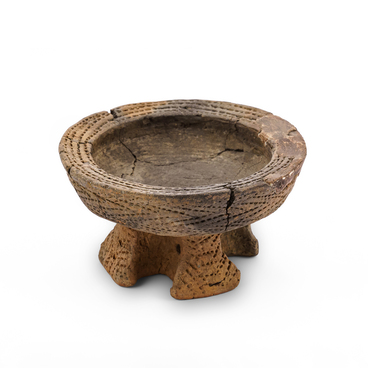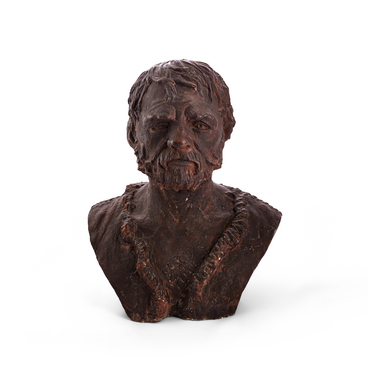The dirham is a silver coin that was produced from the late 7th century within the Arab Caliphate. This word originates from the Greek term “drachma” which meant a coin known since the ancient Greek era. In the Middle East, there was also a drachma that was produced during the Sassanid period, which lasted from the 3rd to 7th centuries.
Dirhams have been minted under Islamic rulers, and therefore, in accordance with Islamic principles, they do not feature images of individuals on them. Instead, the surface of dirhams may include lines from the Quran, the year of the Islamic calendar (Hijri), the location of production, and the name of the ruler. The weight of these coins has varied over time, but has generally been fairly standardized. Dirhams are also called kufic coins. “Kufi” refers to a specific style of Arabic script inscribed on coins.
With the trade caravans, Arabic silver was brought to Europe. The main recipients were the Scandinavian countries, Kievan Rus, East Slavs, and Volga Bulgaria. The Khazar Khaganate played a significant role in the transportation of the dirhams, as it facilitated the movement of silver via river and sea routes. These trade activities were a catalyst for the emergence of new states.
The exhibition of the Voronezh Regional Museum of Local History features coins from the Titchikha settlement of the Liskinsky District of Voronezh Oblast. They were unearthed during excavations of a residential structure. The hoard containing 22 coins was concealed between the earth wall of the structure and the cladding. The oldest dirham was minted in 728–729 under the Umayyad Dynasty in Wasit. Additionally, there were coins from 899 belonging to the Samanids, as well as dirhams from the early decades of the 10th century.
Arabic silver came to the Slavs through barter. They offered honey, wax, and furs, which were highly valued on the eastern markets. The “Russian Primary Chronicle” mentions that the Slavs paid tribute to the Khazars with silver coins and squirrel pelts from each household. In addition to their direct purpose in internal monetary circulation, as demonstrated by the forging of dirhams by Slavs in the Dnieper–Don region, the coins were used as raw materials for jewelry casting.


